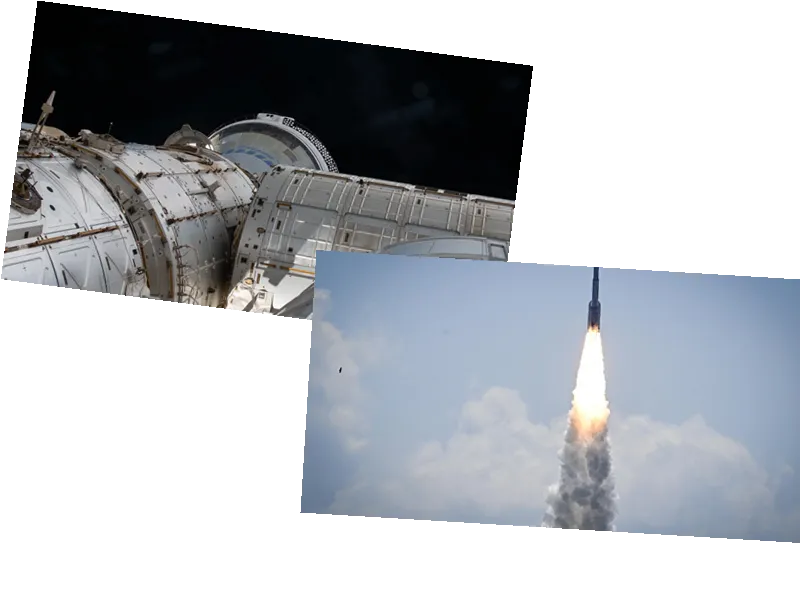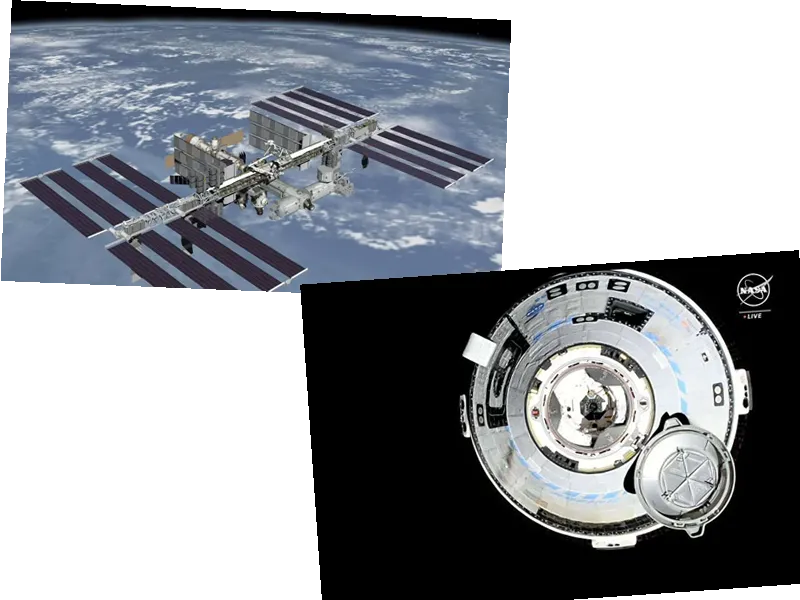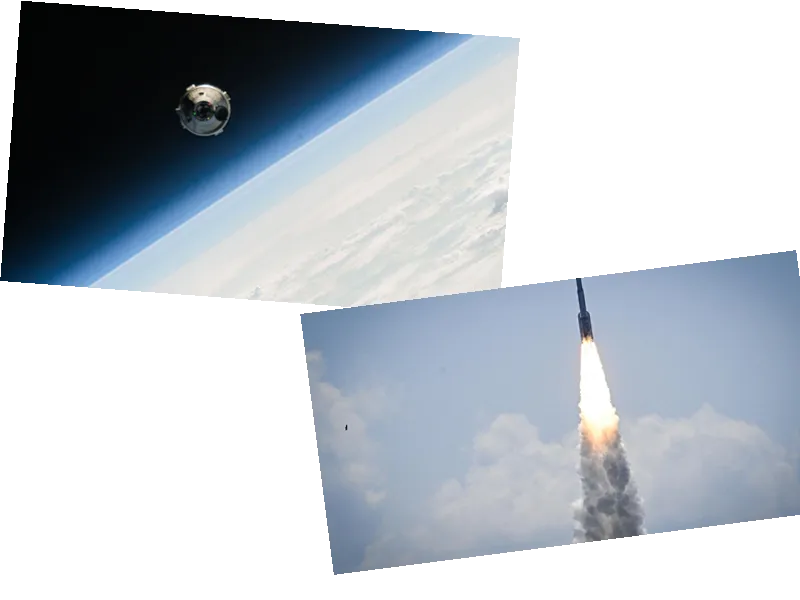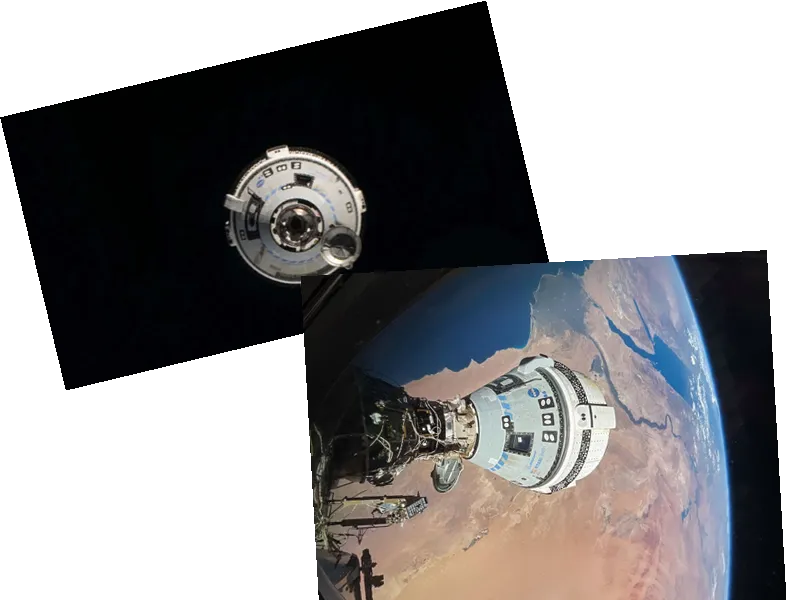NASA astronauts Suni Williams and Butch Wilmore, who have been at the International Space Station (ISS) since June 6, will extend their stay until at least June 26 due to issues with the Boeing-built Starliner spacecraft. The mission, originally scheduled to last about a week, has faced multiple technical problems, including malfunctioning thrusters and helium leaks.
The astronauts launched into orbit on June 5 on the first crewed test flight of the Starliner spacecraft. Despite the issues, NASA and Boeing officials are confident that the spacecraft can safely return the astronauts to Earth. The vehicle is currently docked at the ISS, where engineers are studying the problems to gather as much data as possible before the spacecraft returns.
The Starliner spacecraft's service module, a cylindrical attachment located at the bottom of the spacecraft, has been the primary source of the issues. The service module will be scrapped and discarded upon the capsule's return to Earth, making it crucial to understand the problems while the vehicle is still in orbit. Steve Stich, manager of NASA's Commercial Crew Program, emphasized the importance of this data collection during a press conference.
The Starliner mission has encountered several obstacles over the years, including software and propulsion system issues revealed during two unmanned test missions in 2019 and 2022. The current problems suggest that not all of these issues were resolved before the crewed flight. NASA and Boeing are continuing to review flight data and analyze the issues, which include overheating thrusters and helium leaks.
If the current schedule holds, Williams and Wilmore could undock from the ISS just after 10 p.m. ET on June 25 and land shortly before 5 a.m. ET on June 26. The next opportunity to leave the ISS after that would be July 2, with additional departure opportunities every four days. Stich noted that they are taking extra time to ensure all issues are thoroughly checked, given that this is a crewed vehicle.
The successful completion of this mission is crucial for Boeing, which has faced multiple delays and setbacks in its Starliner program. Once operational, NASA plans to alternate between SpaceX and Boeing flights to transport astronauts to the ISS, enhancing the reliability and flexibility of its space taxi services.
- The Starliner spacecraft, docked at the ISS since June 6, is due to return to Earth on June 26. The stay of the two astronauts was extended due to propellant problems and helium leaks. This first-ever crewed Starliner mission aims to demonstrate that the vehicle is safe for regular space taxi operations.
- Mark Nappi of Boeing mentioned that the propellers now have a good level of performance and the helium leaks are stabilized and less significant. The spacecraft took off from Florida on June 5 after years of development delays and last-minute postponements. Its thermal shield must withstand external heat up to 1650°C during re-entry, which is the last critical stage of this test mission.
- In 2014, NASA ordered two new vehicles from Boeing and SpaceX to transport its astronauts to the ISS. While SpaceX has been providing these services for four years, Boeing's program has faced multiple disappointments and delays. Once Starliner is operational, NASA aims to alternate between SpaceX and Boeing flights to ensure consistent and reliable transportation to the ISS.





